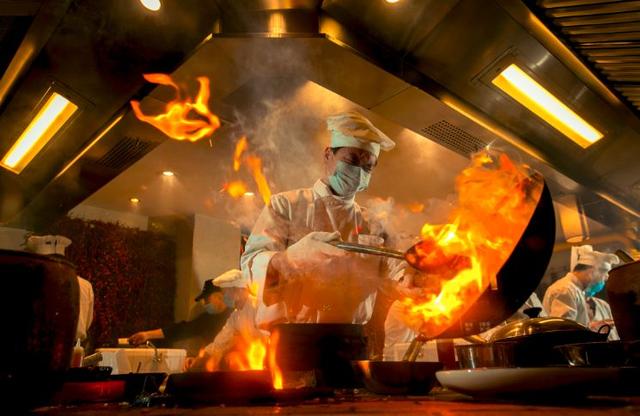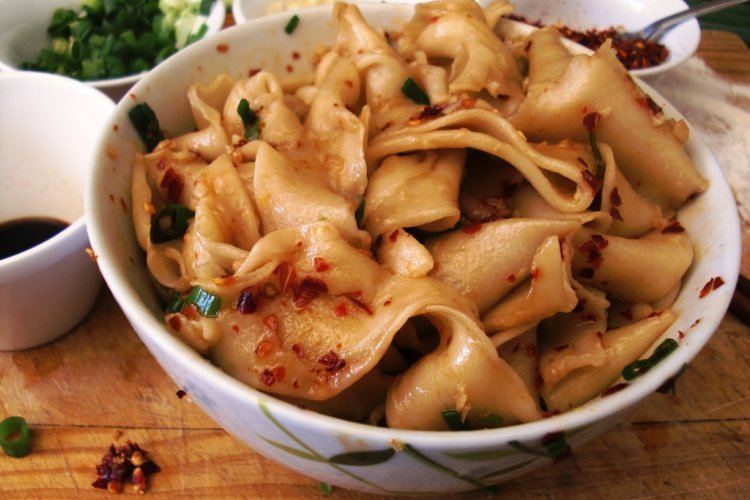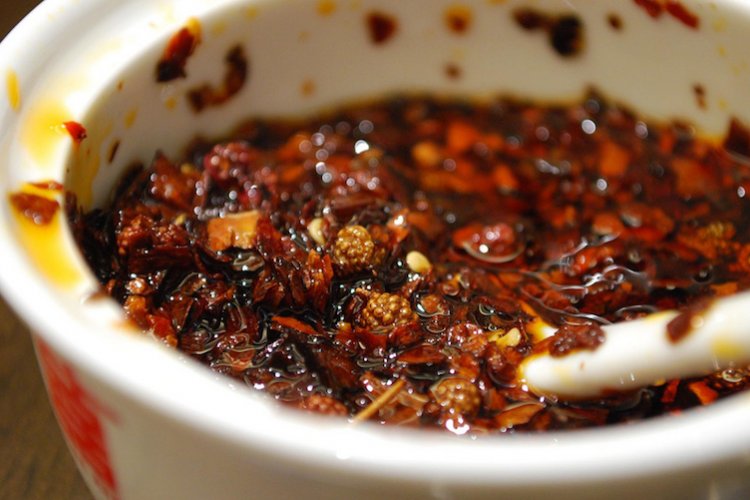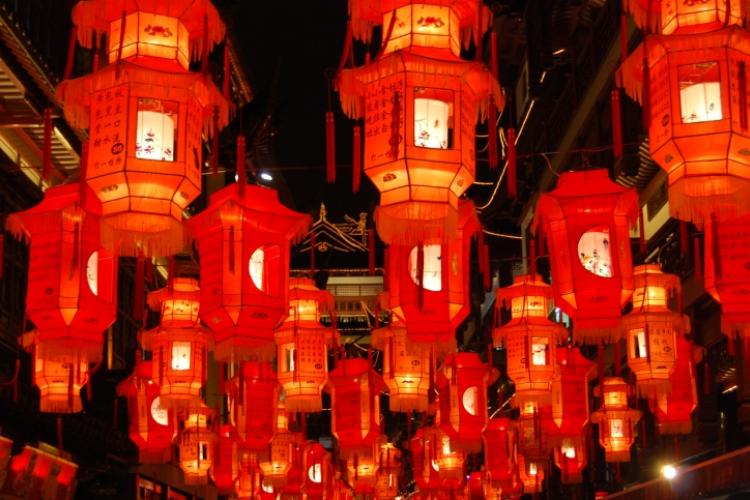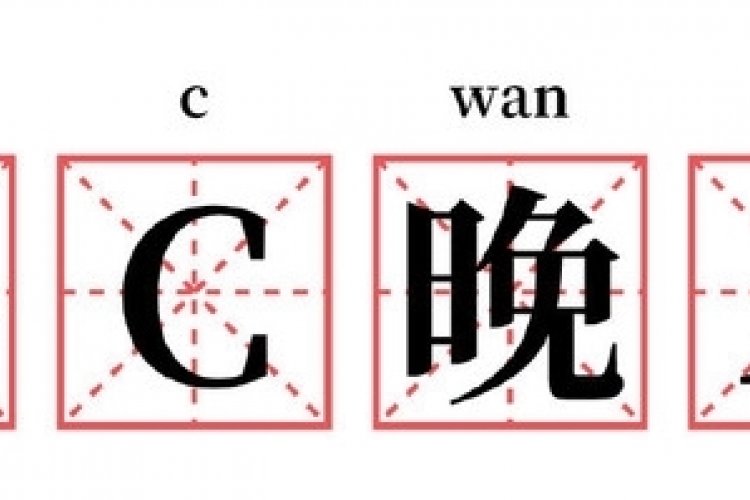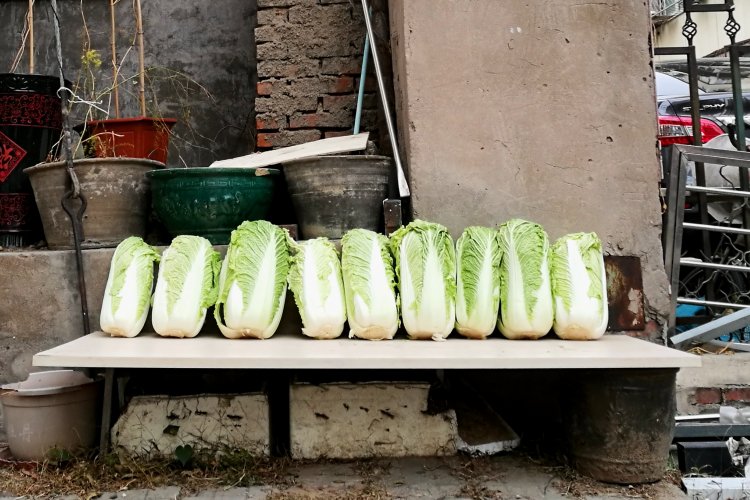Mandarin Monday: An Infographic to Comprehend Chinese Gastronomy in a Linguistic Way
Imagine, if you will, your Chinese language skills are in their prime, you've just passed your HSK 4 test with a high score, and now the menu in your favorite Hunan restaurant isn't like trying to decipher a puzzle for you. In fact, you're so inspired that you want to try replicating some of your favorite dishes in the comfort of your own home. I mean, even if the recipes are in Chinese, you can understand it, so what could go wrong?
Let’s go through a quick Chinese culinary quiz then. If you want to have a sunny side up egg for your breakfast, which of the following methods is the correct Chinese translation?
A. 蒸
B. 煎
C. 炒
D. 煮
Having a hard time discerning from these options? Well, this is only a tiny inkling of the myriad of ways by which ingredients can be handled in Chinese gastronomy. Today, I'll guide you through a few.
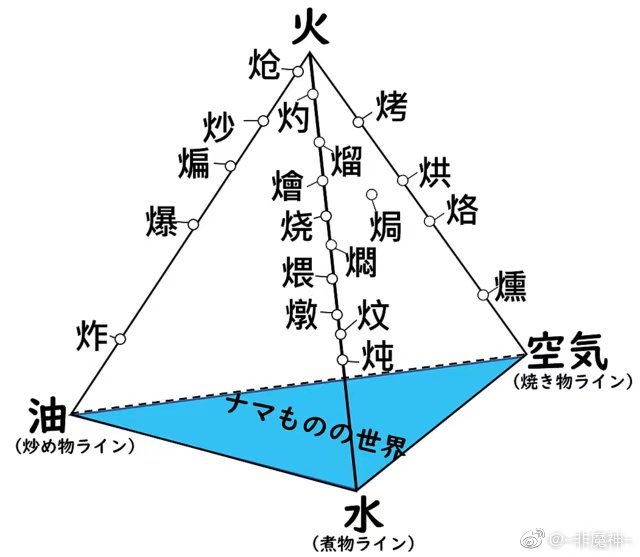
The image above came from a Twitter user who analyzed and visualized the relationship between various Chinese cooking terminologies according to their attributes. I'll use this infographic here to demonstrate their differences in English.

Let’s start from the bottom. The blue triangle reads ナマものの世界, which translates to "the world of raw stuff". Though it may look like the place you don't wanna go unless you want bad diarrhea, its quite the place to venture if you're into culinary adventure. Do you know that sashimi actually originated in China? Its still common today in Southeast China, where many Hakka communities still keep the tradition of eating dishes with thinly sliced raw fish alive.
As for the four zeniths of this triangular pyramid, they represent four crucial elements that affect cooking in Chinese culinary culture. These are fire, oil, water, and air. While each edge is dominated by one of the latter three elements, more open fire gets involved when the cooking method goes closer to the fire element.
Let’s start with the edge of oil.
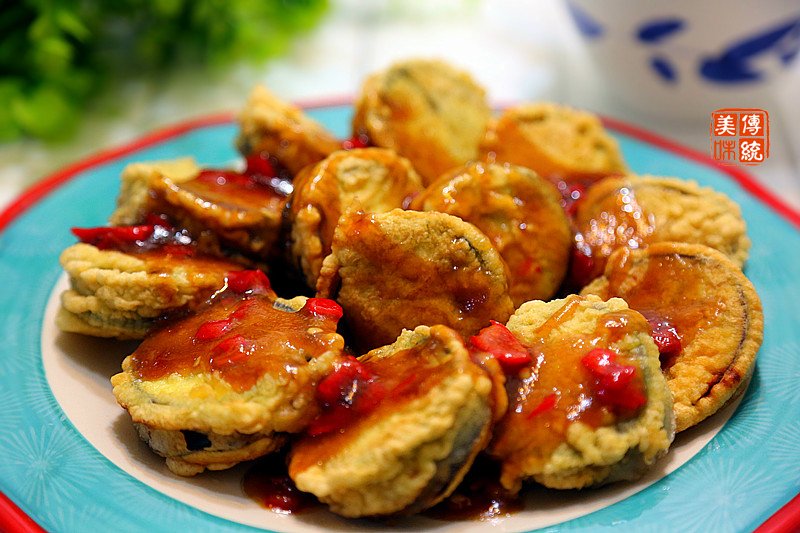
The one at the bottom is 炸, which can be simply translated as deep-fried. The reason is far from the fire element, though, because you let the oil immerse the food and heat it from the other side of the cooking aparatus.
Iconic dish: 干炸丸子、炸茄盒

Kick things up one notch to get 爆, a method of cooking by which you quickly toss your wok over an open flame at maximum heat while stir-frying the ingredients with a considerable amount of oil. It's an effective way to get your food crispy outside while locking juices inside, and can also release the full potential of many spices.
Iconic dishes: 葱爆羊肉, 宫爆鸡丁
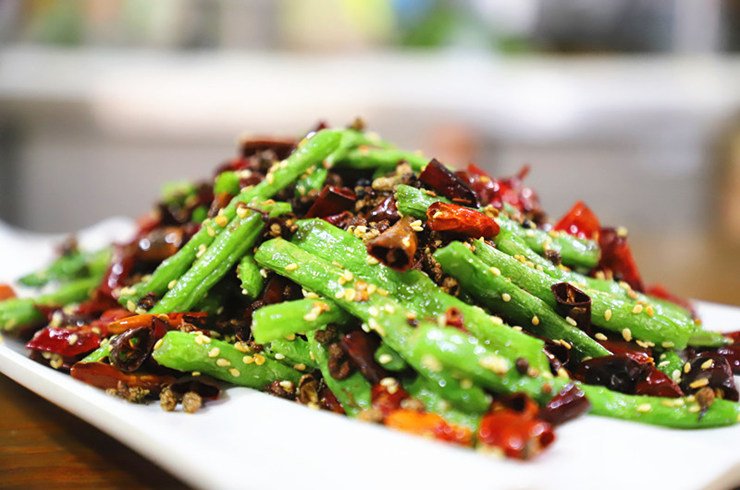
Reduce the oil you add to your pan, then you can start to 煸 your food, which means you don’t add any liquid during cooking. On the contrary, the sauce or marinade you apply to your ingredients beforehand should work to replace whatever water is left inside. This will grant the dish a rich, deep flavor and also tend to be saltier. Its best paied with rice.
Iconic dishes: 干煸豆角, 干煸肥肠
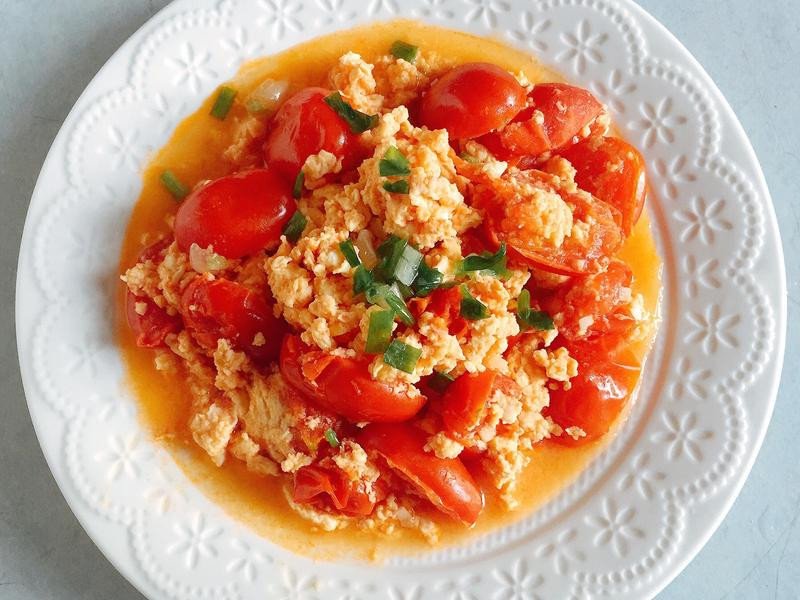
I have a little bit of a problem with where the author put 炒 on this graphic because I think it generally requires more oil than 煸. Stir-frying is probably the most common way of cooking you'll see in a Chinese restaurant, yet it doesn’t mean it's easy to master. It's almost impossible to replicate 鑊气 the texture of a dish that's just come off fresh from cooking on a wok, at your home kitchen with a pan and electric stove.
Iconic dishes: 西红柿炒鸡蛋, 清炒虾仁
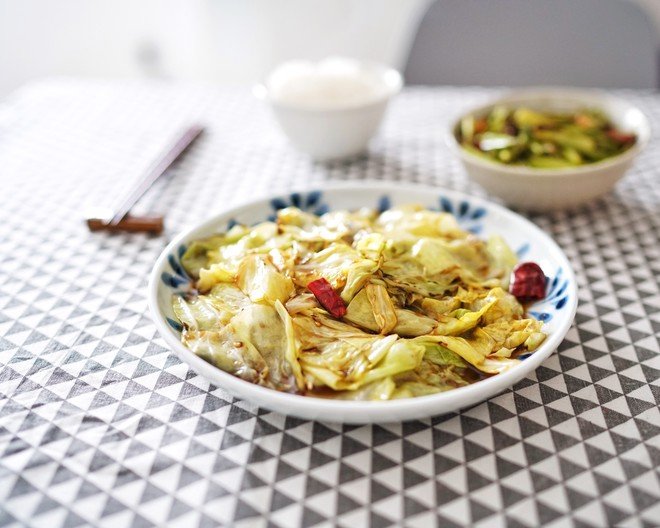
The major difference between 炝 and 炒 for me is the time. You don’t get all the time to stir your ingredients when you try to 炝 them. Before you pour them in, you should have your wok nicely preheated and you should have let your spices cook with a small amount of oil. Then, add in the other ingredients and quickly stir-fry your dish to let it cook and infuse with the aroma released by the spices. Also, to be able to complete the dish quickly, the chef needs to know their way around a knife in order to dice the ingredients nice and thin.
Iconic dishes: 炝炒莲花白
Alright, let’s move to the side of the water.

First, we start with 炖. Stewing is a method of cooking that requires a lot of patience, though the rice cooker may not be the perfect equipment for this it can save you from a lot of fuss indeed. Simply leave your marinated beef with stock in it before heading to work, then you'll come home to a pot of palatable braised beef. It's also really useful when handling food with a lot of fibers or tendons, as they'll surrender themselves in time.
Iconic dishes: 土豆炖牛肉,小鸡炖蘑菇

For the most part, 炆 is just like 炖, yet the patient Cantonese prefer to use even milder heat and longer cooking times to render their food tender and allow the liquid to get absorbed back to the ingredients. People believe this method can extract all the essence of the food and also make them easier to consume.
Iconic dishes: 冬瓜炆火腩,鲍汁炆海参
For me, 燉 and 炖 are different forms of the same word so I will skip this part. For now, let me know their differences in the comments.
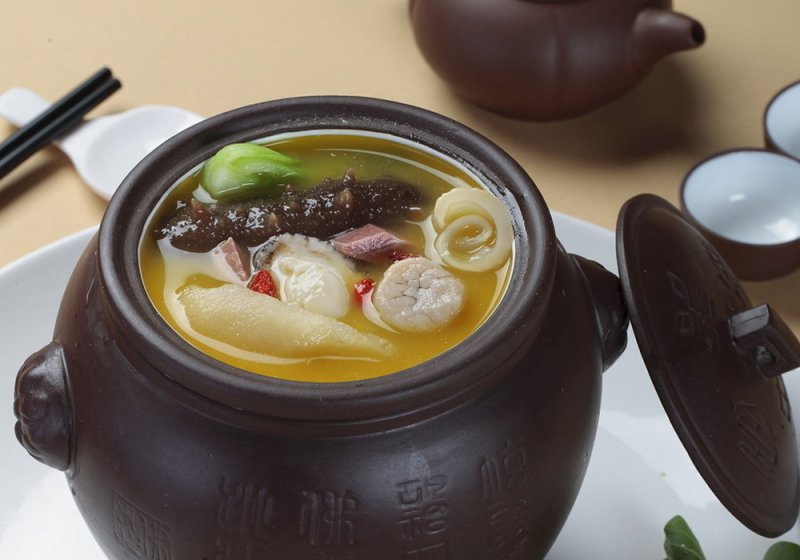
Going up, you will see 煨 is waiting on the list, and this cooking method usually requires a clay pot. You quickly boil your ingredients in a pot first then put them to the clay pot with seasonings and water, remove any foam floating on the surface, and put the lid back on. Then, simply boil it over low heat 'til the stock thickens.
Iconic dishes: 佛跳墙, 雪菜黄鱼煨面
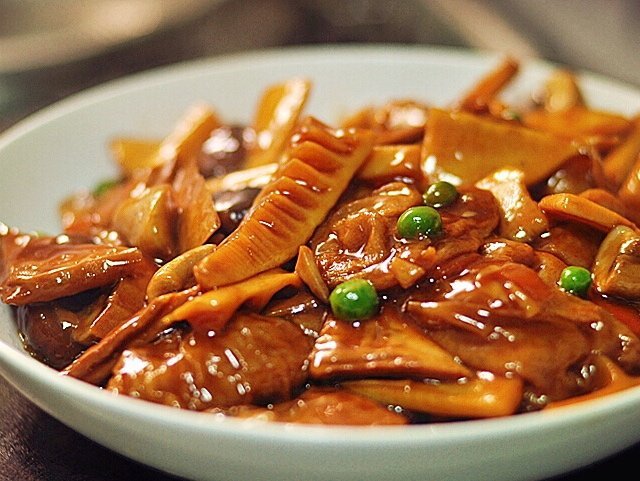
Unlike the aforementioned skills, 焖, aka braising, doesn't require you to immerse your dish under liquid. Instead, you only need a little bit of the juice to prevent it getting burnt while you leave the lid on the pot and turn off the heat, letting the residual heat gradually cook the dish.
Iconic dishes: 油焖笋, 黄焖鸡

烧 is a more advanced cooking skill that, to an extent, combines 炒 and 炖. The dish usually needs to be quickly boiled and fried before leaving the pot in for braising before its completion. This method usually also applies the dark crimson glaze made with soy sauce and sugar that created 红烧, the famous sub-genre of this technique.
Iconic dishes: 红烧肉, 干烧带鱼
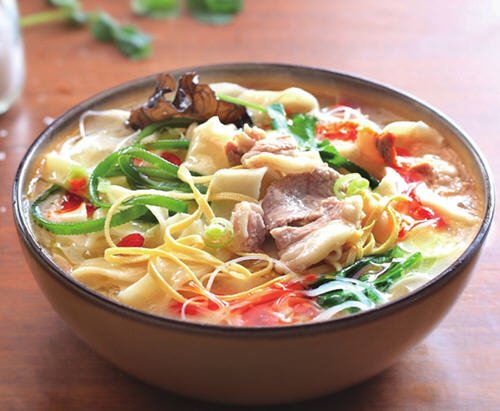
烩 is more like switching the ratio of water and oil used in 炒. Quickly stir-boil the precooked ingredients in a pot. Sometimes, you can even leave it cooking after serving, which is best for chilly winter days like we've seen in recent days.
Iconic dishes: 河南烩面

熘 or 溜 is another hybrid cooking style. It requires you to deep fry or stir-fry your ingredients first before mixing them with a seasoning glaze to add flavor and visual appeal.
Iconic dishes: 溜肉段, 醋溜白菜
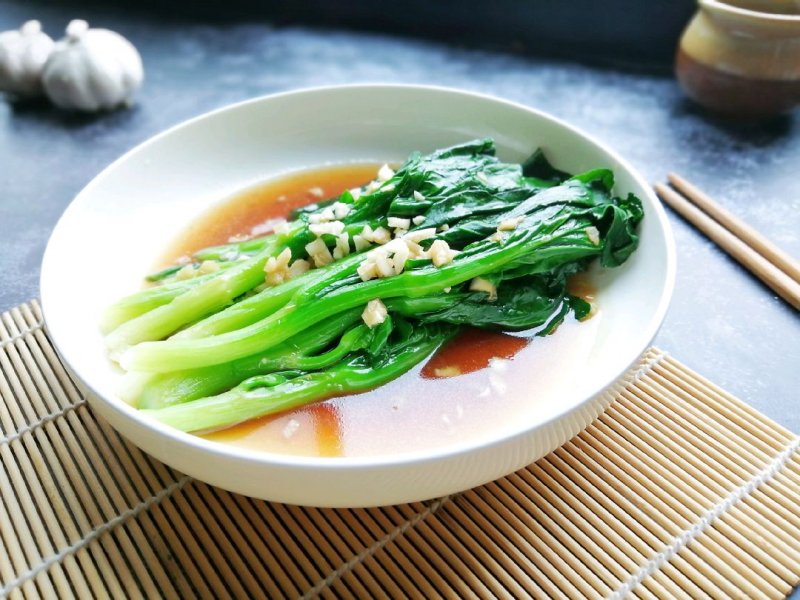
Don’t get time to leave your food in the pot for hours? Try 灼 them instead. This technique requires you to use the boiling water or stock to quickly boil easy-to-cook ingredients like vegetables and seafood cook them through without breaking their texture or color. Chinese wine or baijiu is also frequently used in this method. You could regard it as a Chinese way to flambé with water.
Iconic dishes: 白灼菜心, 白灼基围虾
Last but not the least, let’s see what kind of magic it can be generated when air comes into play.
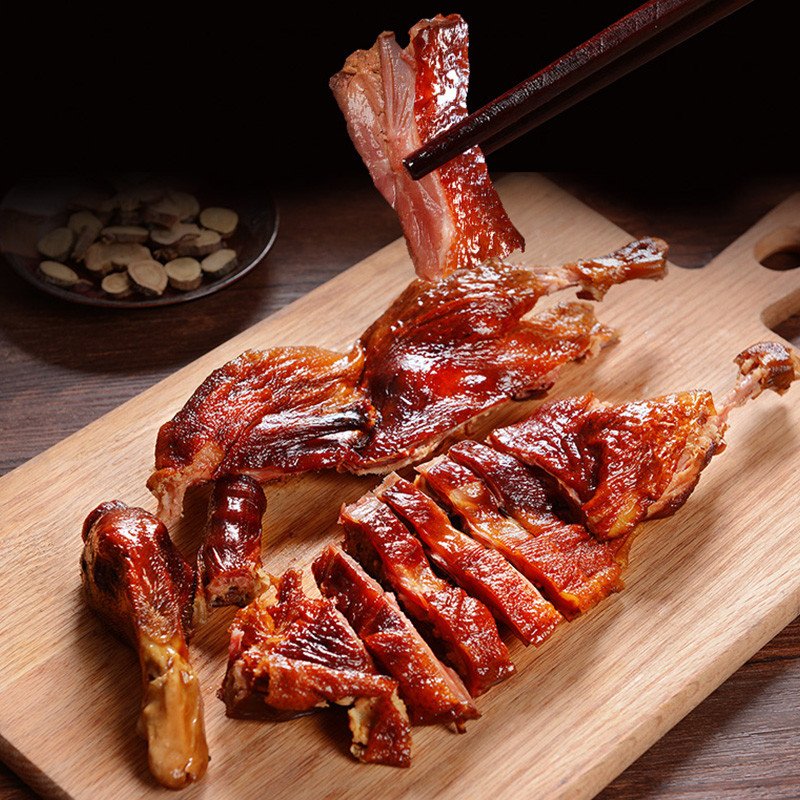
Sometimes the heat doesn’t have to be applied to the food directly, when 熏 smoking a dish. You heat the spices instead and let the aromatic fume go deep into the food to create an intoxicating mature flavor that cannot be achieved by any other method.
Iconic dishes: 樟茶鸭

烙 is often used in Chinese pastry making. You leave your dough on a pan swept with a layer of oil to be cooked.
Iconic dishes: 玉米烙, 烙饼
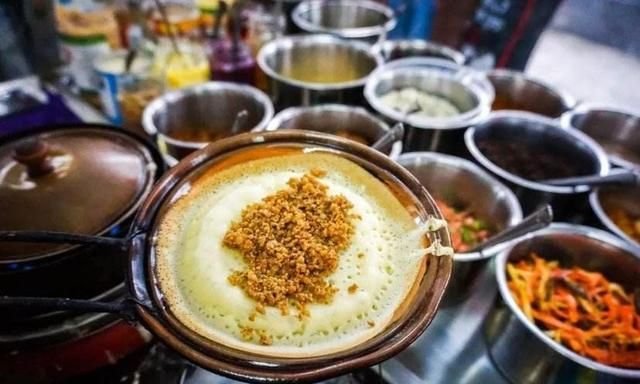
When you put your cake in the oven, you'll already have learned the meaning of 烘 baking. Without using open fire, baking is a way to cook the dish thoroughly with heat and air that won’t leave any scorch marks.
Iconic dishes: 蛋烘糕

No matter if it's the chuan’er you enjoy from hutong food stalls or the fancy Peking Duck place you go to every time you want to impress friends who've just arrived in Beijing, roasting is the primary method of cooking in these locations. This primitive way of cooking has evolved drastically over the centuries, yet when you watch it or roast on your own, it feels like a long lost link to our ancestors.
Iconic dishes: 北京烤鸭, 烤羊肉串

焗 is a way of cooking that utilizes the help from both water and air, a bit like steaming but is more having your dish gone through a dry sauna I would say. 焗 uses vapors not only for cooking but also for flavor. The stock or salted water will have its flavorful essence crystallized upon the surface of the dish and will lock juices inside. It is a technique usually used to cook poultry.
Iconic dishes: 盐焗鸡

Alrighty, now we have gone through some major cooking methods that you may encounter across Chinese recipes, probably gonna take you a year in Le Cordon Bleu to learn them and more years to come to master some of them. These'll probably take a year to learn and yet many more years to master but a few. What's your favorite method of cooking and your favorite dish to cook on your own? Let us know in the comments!
Read: Mandarin Monday: How to Order From a Chinese Menu Using Chinese Characters
Images: Tencent, Sohu, Sina, NetEase, Cookidoo, Dealmoon, 下厨房,心食谱,聚餐网
Related stories :
Comments
New comments are displayed first.Comments
![]() Thomaskarlsson
Submitted by Guest on Wed, 11/24/2021 - 07:05 Permalink
Thomaskarlsson
Submitted by Guest on Wed, 11/24/2021 - 07:05 Permalink
Re: Mandarin Monday: An Infographic to Comprehend Chinese...
Thank you for this informative and intersting article!
One thing that would have made it even better, would be if the pinyin for all those advanced cooking terms were included in the text...
Validate your mobile phone number to post comments.

